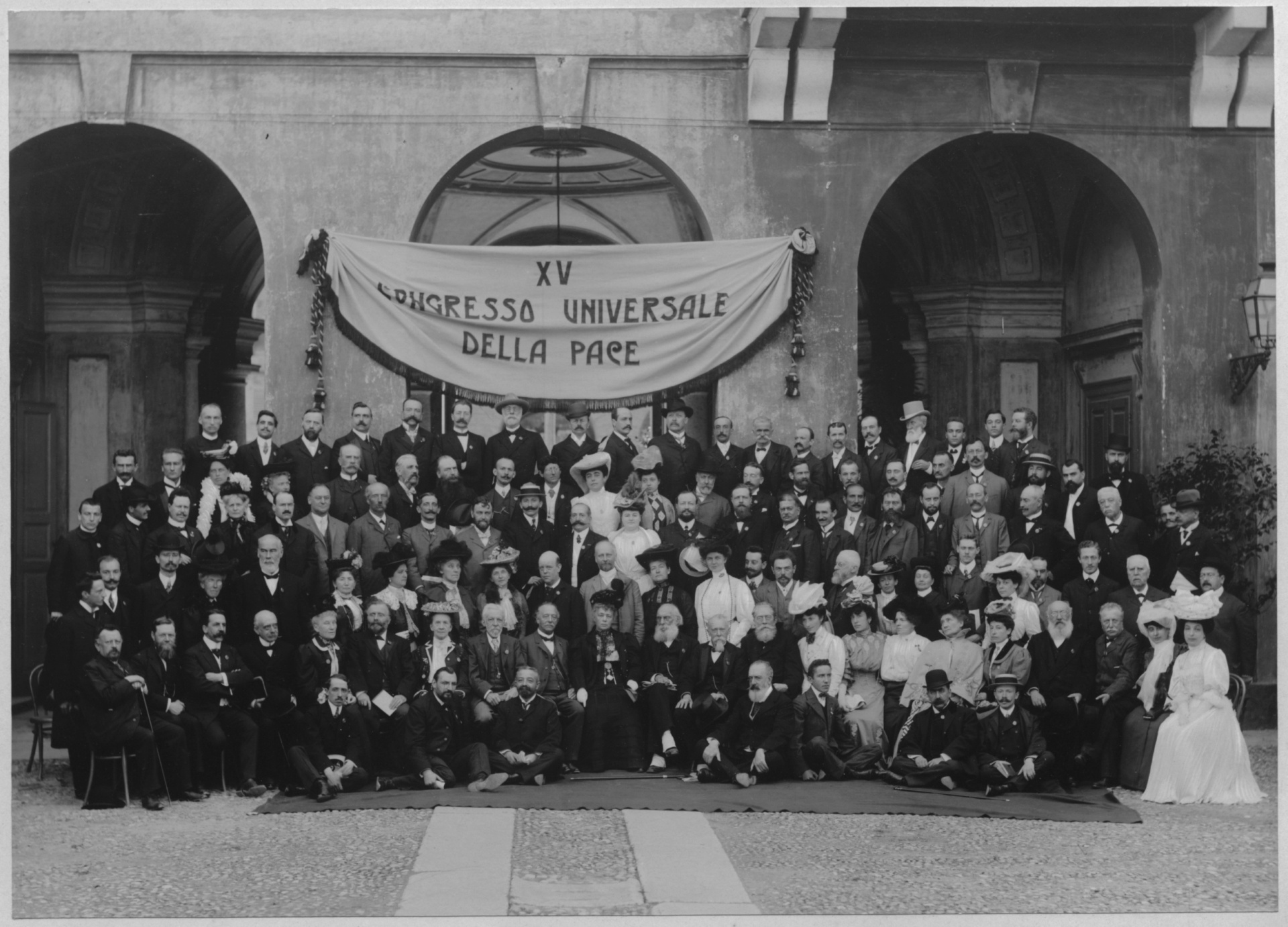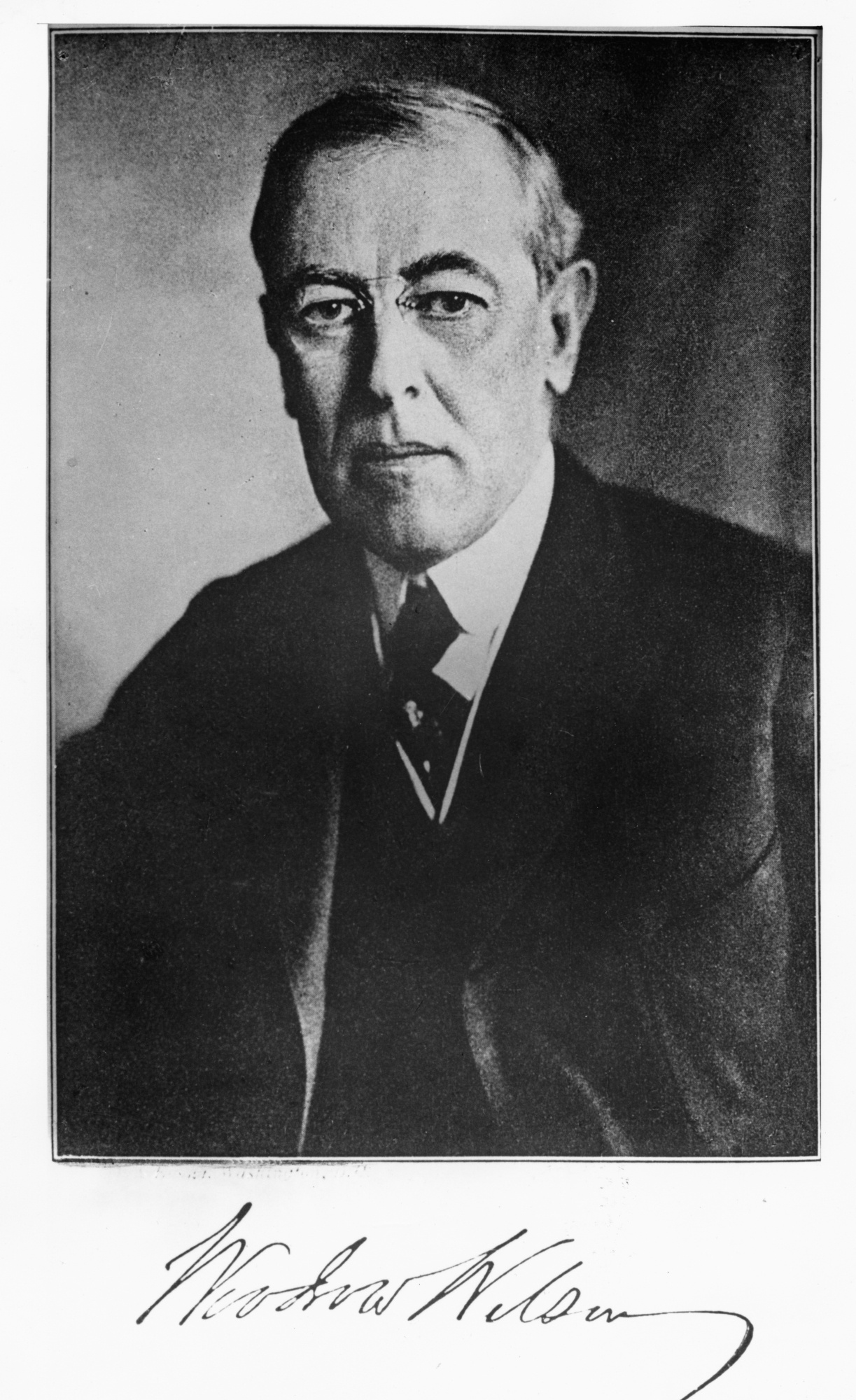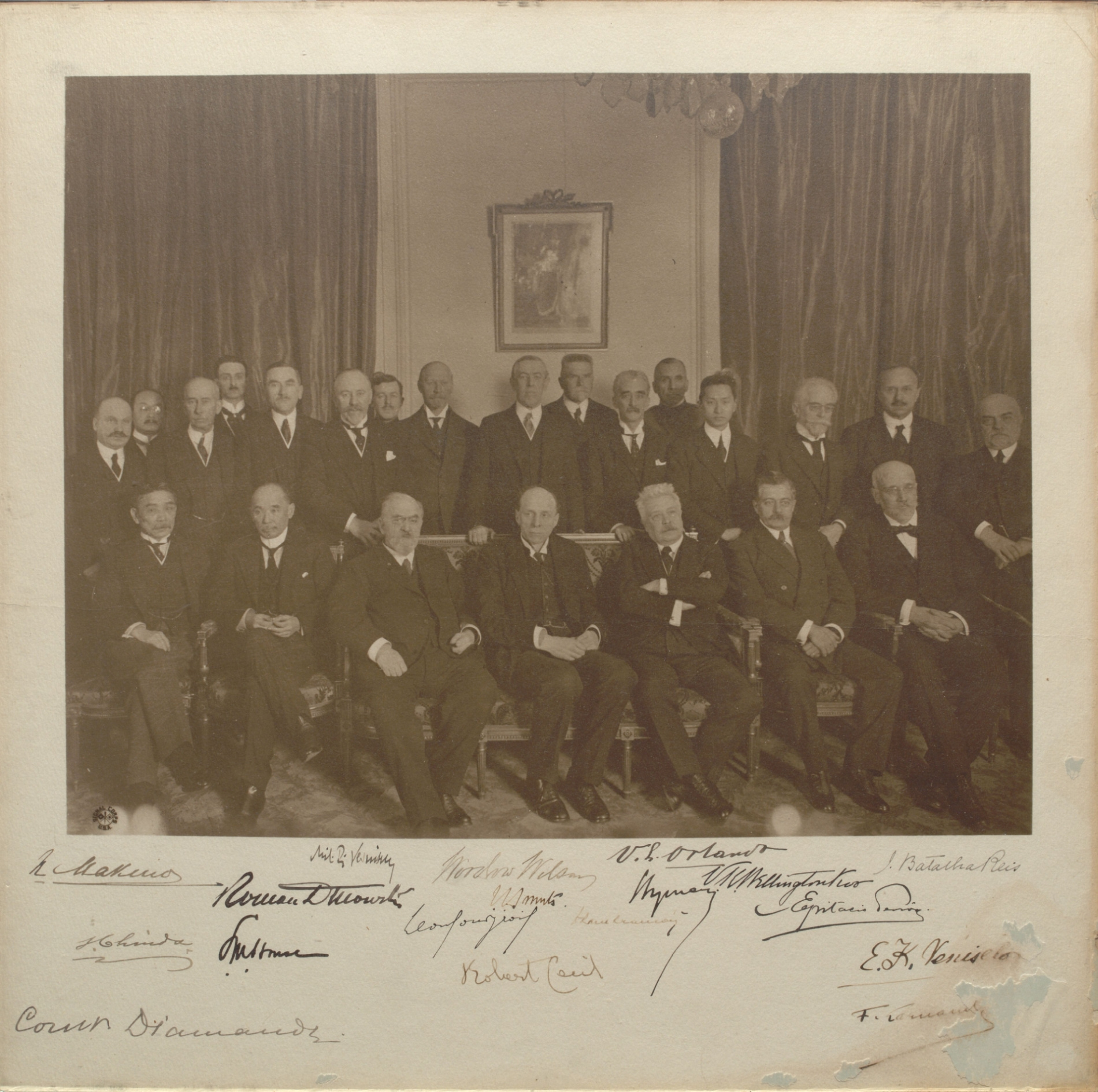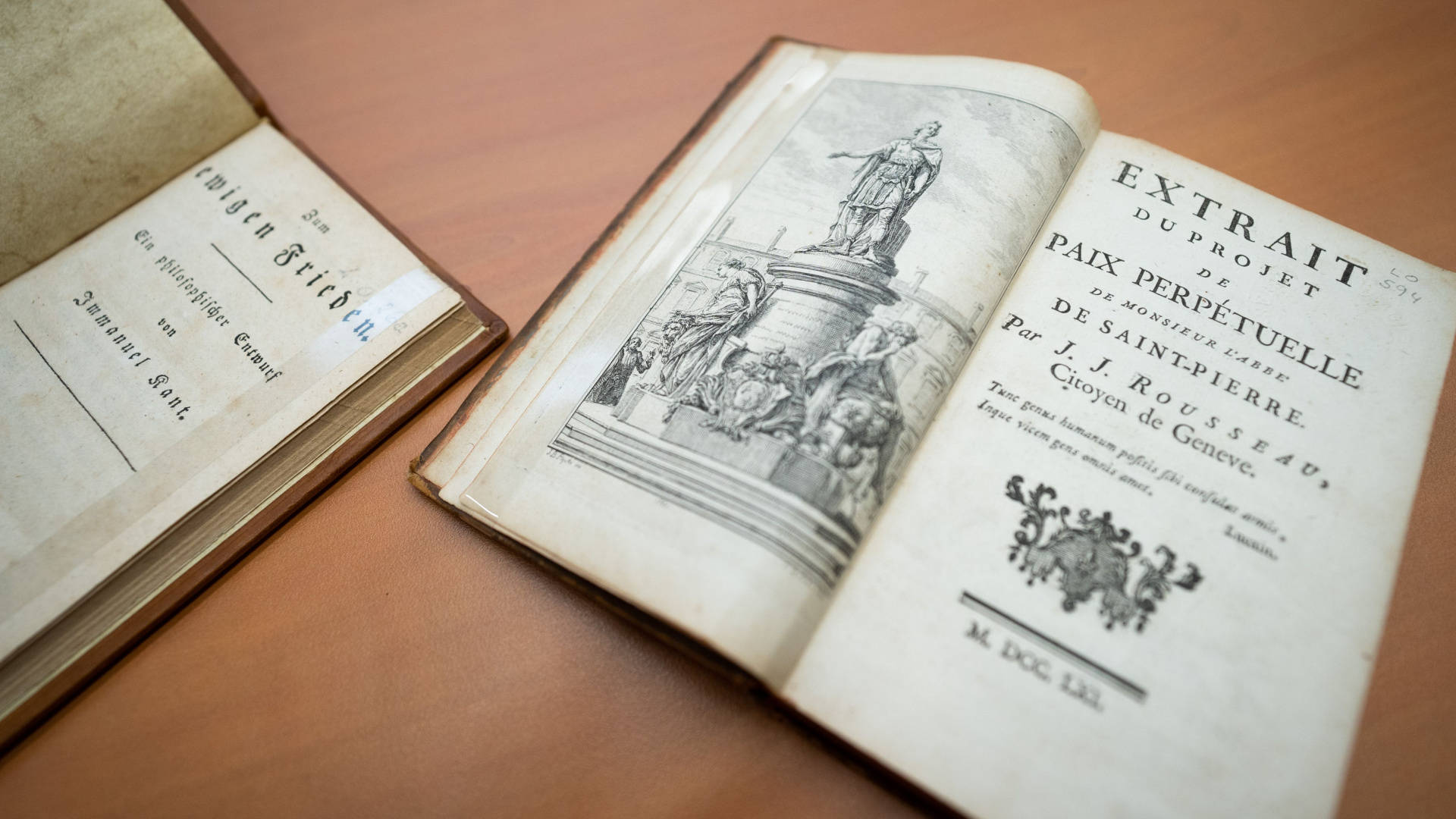
Breadcrumb
Increased cross-border coordination
During the 19th century, various developments intensified interactions between states and contributed to the advancement of these ideas.
From a political perspective, the "Concert of Europe” that emerged from the Vienna Congress is often considered an important step in the evolution of multilateral cooperation. It refers to the informal system of consultation between the Great European powers that came into existence after the Napoleonic wars. It was based on the organization of international conferences and made governments accustomed to the practice of high-level meetings before conflicts erupted.
At the same time, technical and scientific developments brought about by the Industrial Revolution pushed states to increase their cooperation. The first international administrations were created owing to improved communications and economic exchange. Although the first international organizations – the Central Commission for the Navigation on the Rhine (1815) and the Danube Commission (1856) – were established to regulate river navigation, the International Telegraph Union (1865), the International Bureau of Weights and Measures (1875), and the Universal Postal Union (1878) illustrate the need for the internationalization of norms in the field of technical cooperation.

Peace Movement Grows
The second half of the 19th century also marked the emergence of the international pacifist movement. At the end of the century, some countries had tens, or even hundreds, of associations or national societies to promote peace. Although they supported different approaches to achieve a lasting peace, they all saw the need to organize in international systems. The contacts among national peace groups led to the creation of the International Peace Bureau (IPB) in 1891. The IPB acted as a “federation” and supervised the organization of international congresses that coordinated the action of the national movements.
In the last decade of the 19th century, the interest in arbitration as a means to prevent wars increased. The Inter-Parliamentary Union (IPU), founded in 1889 by William Randall Cremer and Frédéric Passy, aimed at facilitating contacts among members of Parliaments from different countries to promote international arbitration and peace.
The Hague Conferences held in 1899 and 1907 are often considered the first attempts to establish international mechanisms for the peaceful settlement of disputes. The 1899 Conference adopted the Convention for the Pacific Settlement of International Disputes, which created the Permanent Court of Arbitration. The 1907 Conference was attended by 44 States, which represented the great majority of countries that existed at that time and led to the adoption of the principle of compulsory arbitration.
The first world war (1914-1918)

The barbarity of the war proved convincingly that an international organization was needed to maintain peace. Hence, the idea of the League of Nations progressively gained support among individuals and organizations during the conflict. Different personalities, groups and associations – like the Fabian Society or the Bryce Group in Great Britain, the Ligue des droits de l’homme in France and the League to Enforce Peace in the United States – promoted the concept. Different schemes also circulated in other countries, such as the Netherlands, Italy, Germany, and Austria.
However, the most influential initiative was presented by US President Woodrow Wilson: In his “Fourteen Points” speech, delivered on 8 January 1918, Wilson called to establish a peace settlement based on open diplomacy, freedom of navigation, free trade, and disarmament. His last point was the formation of “a general association of nations”. These ideas were not new but, with the open support of the US President, the creation of a league of nations became a political priority.
When the hostilities ended, the League of Nations was an integral part of Wilson’s agenda as he crossed the Atlantic to participate in the Paris Peace Conference. The leaders of the other victorious powers were more circumspect about the project. However, many of them had formed special governmental committees to study the question. Establishing an organization to avoid war was no longer considered a utopian dream, it had become a necessity.
The Drafting of the Covenant
In 1919, the victorious powers met in Paris to negotiate the peace settlements. It is during the Paris Peace Conference that the Covenant was adopted. The founding document of the League was not an international treaty per se. It was included in the Treaty of Versailles which ended the state of war between Germany and the Allied Powers, and all the other peace treaties signed in the French capital.
The Covenant was drafted by an ad hoc committee, comprised of 18 members (from 13 delegations), and chaired by US President Woodrow Wilson. Wilson was a strong supporter of the League of Nations and played a key role during the negotiations in Paris. However, the “Committee of the League of Nations” also included other ardent promoters of the League. In the French delegation, Léon Bourgeois had already been one of the protagonists of the Hague Conferences held in 1899 and 1907 and published “Pour la Société des Nations” in 1909. In 1920, Bourgeois was awarded the Noble Peace Prize, jointly with Woodrow Wilson.
In the British delegation, Lord Robert Cecil had already circulated a plan for the establishment of an international organization to maintain peace when was he was member of the British Cabinet in 1916. The other representative of the British Empire, Jan Smuts, was the author of an influential pamphlet “The League of Nations: A Practical Suggestion”, published in December 1918. Other members of the Committee would become protagonists of the League’s work in the following years, such as Paul Hymans, Epitacio Pessoa, Wellington Koo, Vittorio Scialoja, the Viscount Chinda, and Eleftherios Venizelos.
The work of the Committee started in January 1919, and the Covenant was adopted on 28 April 1919. The negotiations were sometimes tense, and the architecture of the new organization resulted from a series of compromises.
Officially, the League of Nations started its activities on 10 January 1920, when the Treaty of Versailles came into force. Although Wilson played a pivotal role in the process of creation of the League of Nations, he was not able to secure the majority necessary at the US Senate for the ratification of the Treaty of Versailles. In the end, the United States never joined the organization.


